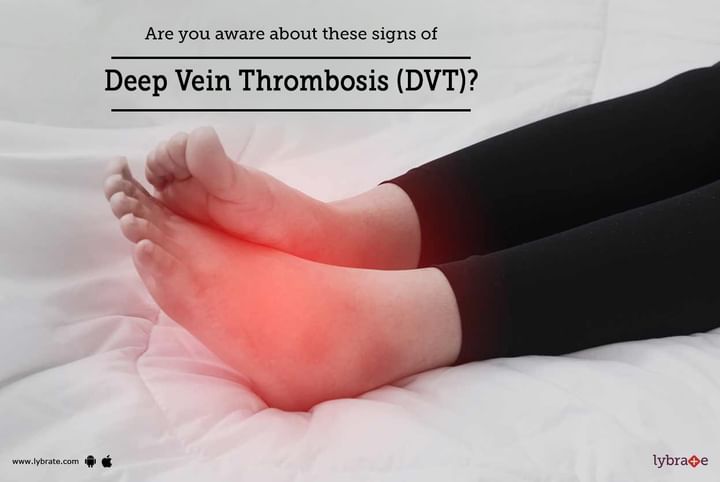Are you aware of these signs of Deep Vein Thrombosis (DVT)?
DVT or Deep Vein Thrombosis is a serious condition that results due to the formation of blood clots in one or more the veins situated deep within your body, usually in the legs. The condition is likely to develop if you are suffering from a specific medical condition that might affect the way blood clots in your body. It may also occur if you have been immobile or bed-ridden for a while following an accident or surgery.
DVT can be potentially dangerous if the blood clots leak into your veins and through the bloodstream to lodge in the lungs and block the flow of blood – leading to pulmonary embolism. However, identifying the early signs of DVT and seeking medical intervention can help treat the condition effectively.
DVT symptoms you should know about
Signs and symptoms of Deep Vein Thrombosis may include the following –
-
Edema or swelling in the leg, ankle, or foot on one side
-
Pain or cramps, usually starting in the calf of the affected leg
-
Unexplained, intense pain in the ankle and foot
-
A warm, burning sensation on the skin surrounding the affected area
-
A tint of blue or red on the skin
-
The skin of the affected area turning pale
People, who experience DVT in the upper extremities – hands and arms – may encounter the following symptoms –
-
Pain in the shoulder and neck
-
Swelling in the hands or arms
-
Bluish tint on the skin
-
Weakness or instability in the hands
-
Intense pain that typically radiates to the forearms
If you are experiencing the above signs of Deep Vein Thrombosis, you should consult a doctor and get treated for the same.
A person having DVT may not realize that he/she has it until they have undergone treatment for pulmonary embolism. Deep Vein Thrombosis may lead to pulmonary embolism if the blood clots in the leg or arm leak into the lungs. A blocked artery in the lungs can cause the condition to become fatal and therefore, requires immediate treatment.
Treatment for DVT focuses on preventing the clot from expanding and breaking loose – and leading to further complications. Blood thinners, clot busters, and compression stockings are some of the most commonly used methods to treat Deep Vein Thrombosis.


+1.svg)
